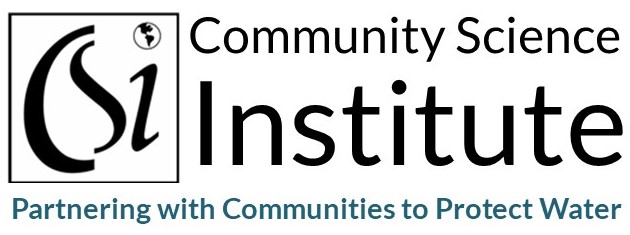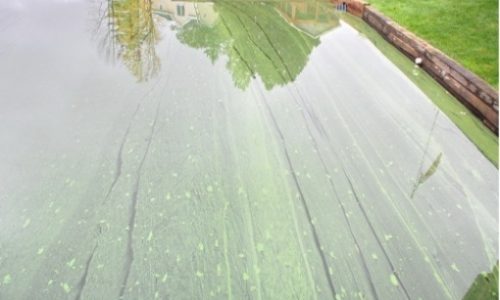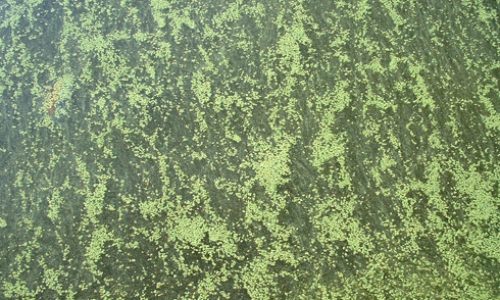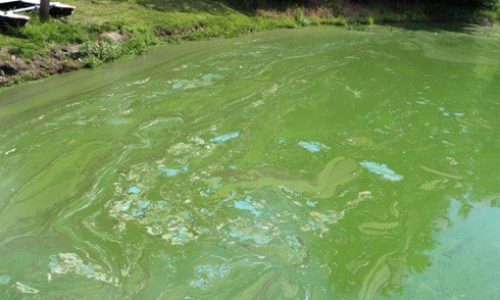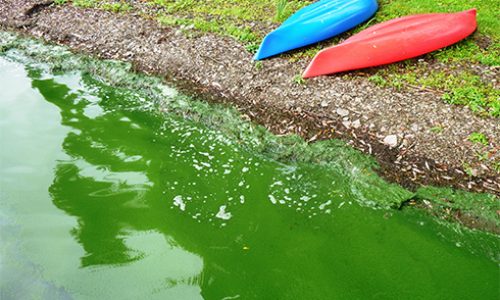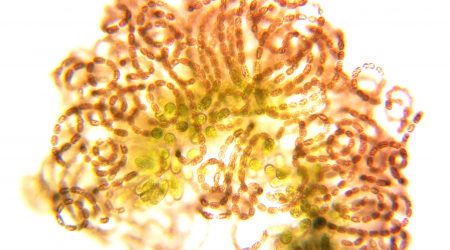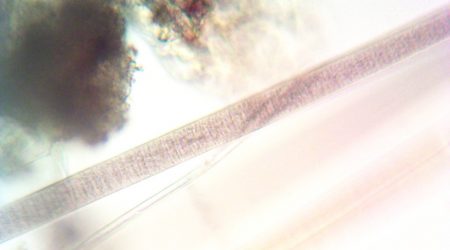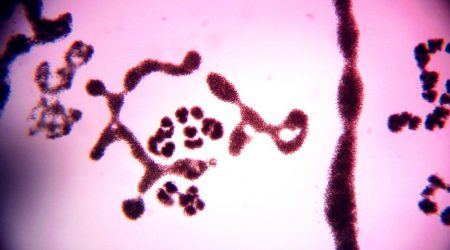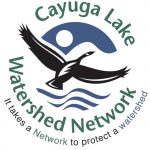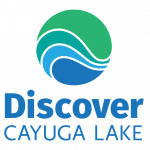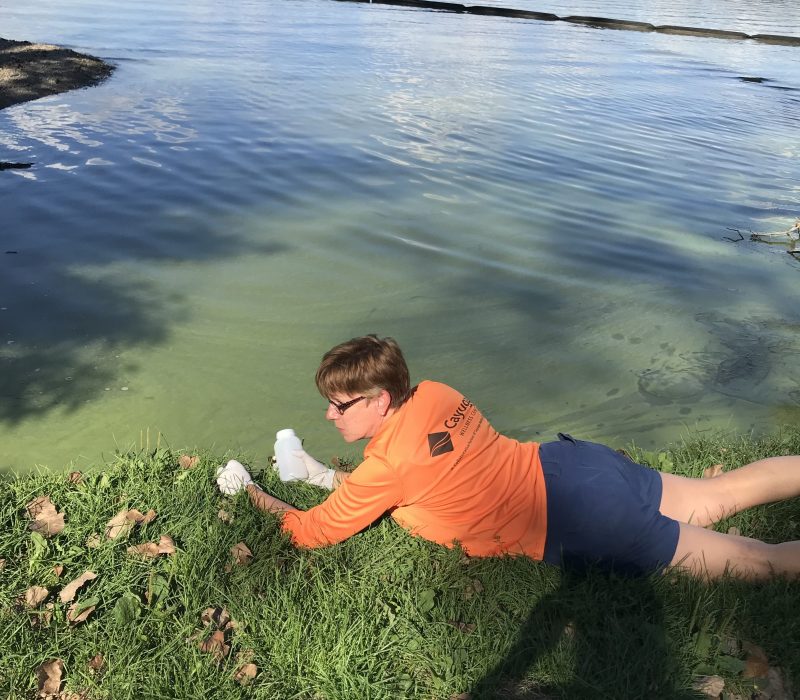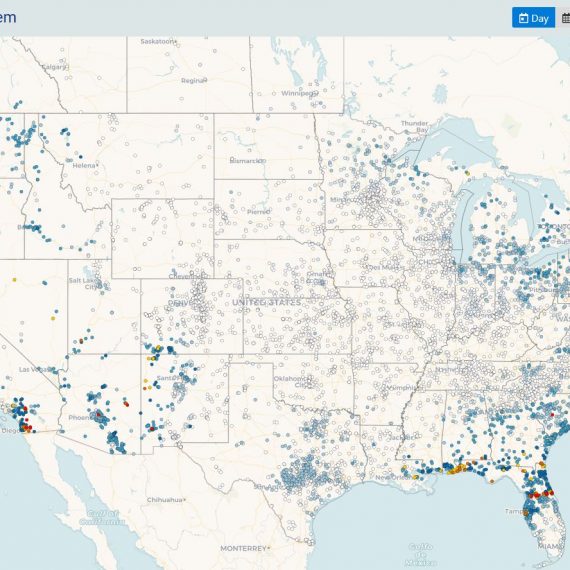The Cayuga Lake HABs Monitoring Program is a vast collaboration that brings together local and state government agencies, non-profit agencies, and community members with the shared mission of collecting actionable data on cyanobacteria blooms, protecting public health, and relaying bloom information and testing results as quickly and efficiently as possible.
If you’d like to get involved with this effort:
croll for more on how to sign up to become a volunteer, or if you’re a returning HABs Harrier or Water Carrier, sign up for an annual training workshop!
